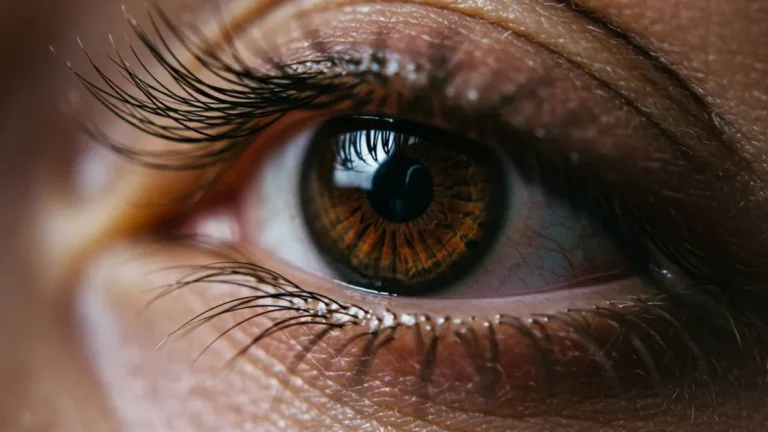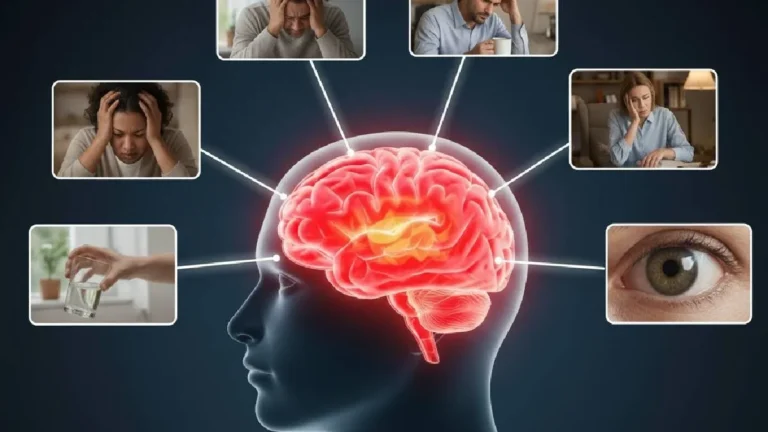CT and MRI are two complementary imaging tests capable of diagnosing pathologies. However, the technology they use and their diagnostic function are very different. What is the difference between a CT and an MRI? We answer all your questions in this article.
What is the difference between a CT scan and an MRI?
Both computed axial tomography (commonly known as CAT) and magnetic resonance imaging (sometimes called MRI) are noninvasive diagnostic imaging methods. Neither causes pain to the patient nor is invasive, although the technology behind them is different.
Description of the technology used in each procedure
A CT scan simultaneously sends a large amount of ionizing radiation (X-rays) into the body from different angles using a scanner. It is often used to study bones and joints, as well as the brain.
These rays bounce off different parts of the body, and the information is collected by a computer capable of processing the images to recreate three-dimensional views. This allows a specific area of the body’s interior to be reconstructed for detailed analysis.
In contrast, MRI uses radiofrequency radiation technology. This allows for high-resolution images of the interior of the body. The signals emitted by electromagnetic waves are collected again to create a realistic image.
In addition, MRI is used to analyze soft tissue areas of the body, such as the heart, liver, skull, and blood vessels.
Differences in operation and equipment used
There are other differences between CT and MRI. The first and most obvious is the duration of the diagnostic tests. A CT scan is a quick test that takes between 20 and 30 minutes, while an MRI typically takes between 30 and 90 minutes.
Another difference between CT and MRI is the equipment used.
- CT scan : A scanner equipped with an X-ray tube and detectors that record the radiation as it enters the body. This equipment is completely silent.
- MRI : A machine with a sliding table that moves through a hole with a magnet to obtain images of the patient. MRI machines are known for the loud noise they generate during the test, which can be bothersome for the patient.
What is the difference between a scanner and an MRI?
The main medical difference between a CT scan and an MRI lies in the aspect of the organism being studied.
- Scanning: This scan can detect bone lesions, calcifications, acute bleeding, and tumors. It is also used to identify trauma and possible internal bleeding.
- MRI : Used to detect cancer, cardiovascular, muscular, or neurological diseases. The images can be used to identify potential tumors, blood clots, or malformations in internal organs. It is also used to treat sports injuries .
Comparison of accuracy and detail in images
Magnetic resonance imaging is characterized by providing tremendous detail of the body in the images it recreates. It can show the thickness of a joint capsule or the presence of small tears in tendons.
What is the difference between CT and X-ray?
There are some differences between CT and X-ray, although both methods use X-ray radiation. The first difference is the duration of each test: X-ray is performed in less than 10 minutes , while CT lasts between 20 and 30 minutes .
Differences in technology and results obtained
Although the technology of ionizing radiation is similar, the difference between CT and X-ray is that the latter uses only a single beam of X-rays. In contrast, a CT scan sends out numerous X-rays from different angles.
This means that X-rays offer less image detail than CT scans. For this reason, they are often used for very specific areas of the body. However, X-rays are sometimes sufficient to detect injuries.
Difference between CT and MRI (Magnetic Resonance Imaging): When to choose each one?
The choice between CT or MRI should always be a decision made by a medical specialist, depending on the type of diagnostic test required. These are the major differences between them.
When is a CT scan used?
A CT scan is often used for the following examinations:
- Planning a surgical procedure, such as a biopsy or tumor removal.
- Determine if there is internal bleeding after trauma.
- Identify spinal cord or spine pathologies.
- Detect bone lesions.
- Tumors or bone problems.
When is an MRI used?
- Recognizing aneurysms.
- Detect tumors.
- Identify joint problems such as arthritis. It also helps locate herniated discs.
- Detect blood clots or abnormalities in blood vessels.
- Changes in internal tissues.
- Study in detail internal organs such as the kidneys, pancreas, liver, or uterus.
When is a scanner used?
The scan is used to diagnose bone lesions, calcifications, acute hemorrhages, or tumors. It sometimes also provides information about bleeding following trauma.
Frequently Asked Questions
What is better, a CT scan or an MRI?
No single test is better than another, as their diagnostic functions vary. However, MRI offers a more precise level of image detail, and the technology it uses is more expensive.
What diseases can be detected with a CT scan?
A CT scan can detect diseases such as cancer, injuries, cardiovascular accidents, or heart disease.
Which study is more complete, MRI or CT?
In terms of image detail, MRI technology is more precise and offers detailed, high-definition images.
What can be seen with a CT scan?
With a CT scan, you can see bones, lungs, tumors, internal bleeding, or trauma.






















+ There are no comments
Add yours